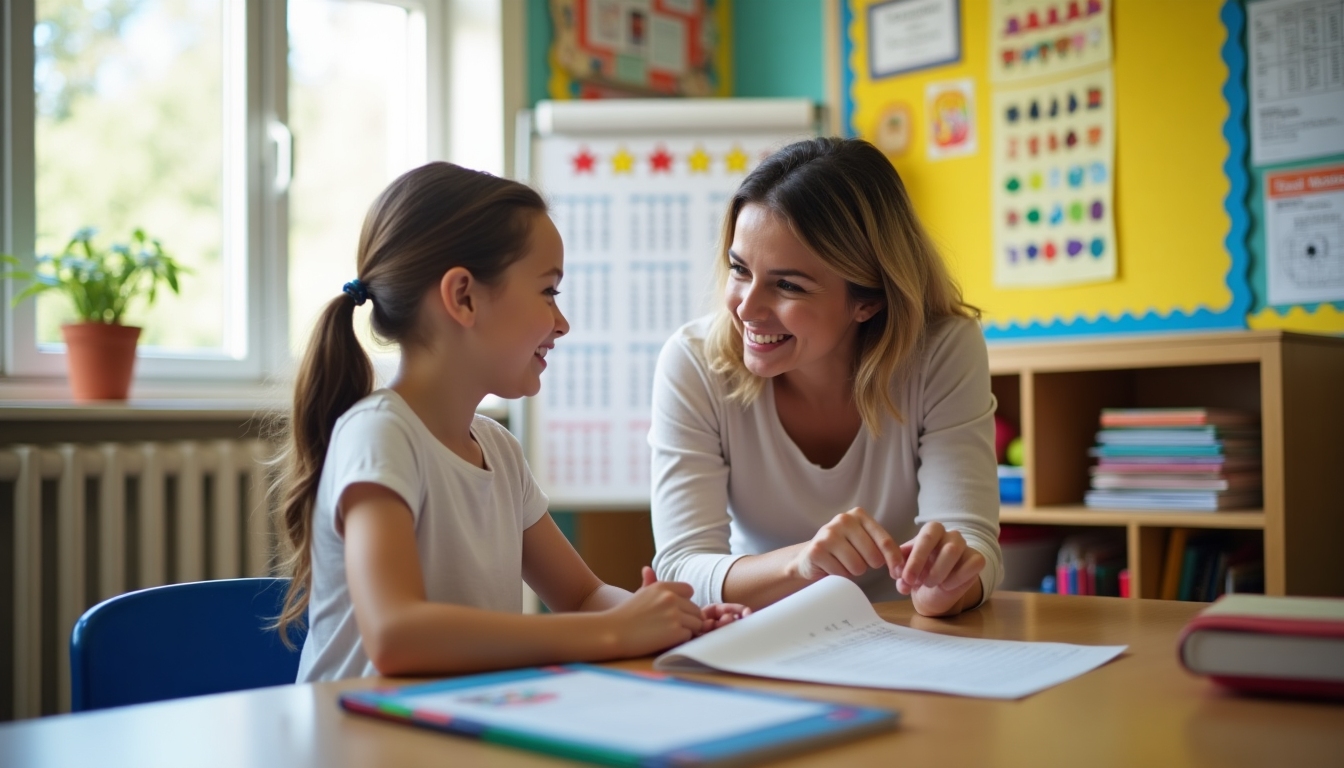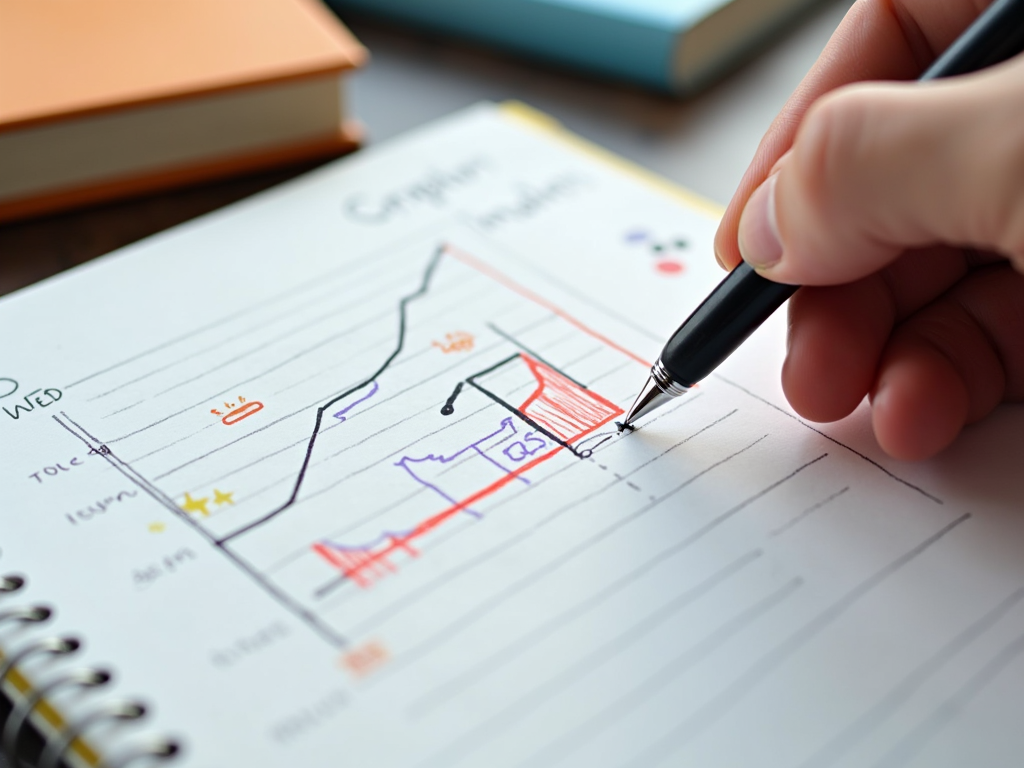Overview
Applied Behavior Analysis (ABA) is a way to study and improve behavior using science. It’s often used to help people with autism, but it works in schools and homes too. This article explains ABA, its benefits, and how it changes lives.
What Is Applied Behavior Analysis?
Imagine figuring out why someone acts a certain way and then helping them act better. That’s Applied Behavior Analysis in a nutshell. It’s built on the idea that behaviors come from learning. If a kid gets a high-five for cleaning up, they’ll likely do it again. ABA tracks progress with data to make sure the plan fits the person.

How to Implement Applied Behavior Analysis in Schools
Schools use ABA to help students thrive. Here’s how it happens:
- Step 1: Observe - Teachers watch to spot behaviors to work on, like trouble focusing.
- Step 2: Plan - They create a strategy, like giving a sticker for staying on task.
- Step 3: Track - Data shows if the plan works or needs tweaking.
I’ve seen a teacher use a token board. A kid earned tokens for finishing math problems, then traded them for extra playtime. It turned a tough day into a win.
A Real Story from the Classroom
One time, I helped a boy who hated switching tasks. He’d meltdown moving from reading to math. We made a picture schedule showing what came next. Each smooth switch earned him a smiley face. Soon, he handled changes like a champ. That’s ABA making a difference.

Applied Behavior Analysis in Family Therapy
ABA isn’t just for classrooms—it helps families too. Parents learn to reward good behaviors, like saying “Great job!” when a child puts away toys. This builds stronger bonds. I’ve talked to moms who say it cut down arguments and brought peace to their homes.
Why Behavioral Therapy Matters
Behavioral therapy, like ABA, focuses on actions, not just feelings. It gives people tools to succeed. In schools, it helps kids listen and learn. At home, it teaches patience. The best part? It’s based on what works, not guesses.

Challenges of Using ABA
ABA isn’t always easy. Here’s what can go wrong and how to fix it:
| Challenge | Solution |
|---|---|
| Kids push back | Start with tiny steps |
| Not enough training | Find workshops or online courses |
| Plans fall apart | Team up with others for support |
I’ve seen teachers struggle with consistency, but a quick meeting with parents got everyone on track.
The Rewards of ABA
When ABA works, it’s amazing. Kids talk more, make friends, and do better in class. Families feel less stressed. A dad once told me his son hugged him out of the blue after months of ABA at home. Those moments show why it’s worth the effort.

Tips for Getting Started
Want to try ABA? Start small. Pick one behavior—like saying “please”—and reward it every time. Use something they love, like a candy or a toy. Keep it fun, and watch the change happen. You don’t need to be an expert to see results.
My Take on ABA’s Power
I’ve watched ABA turn chaos into calm. It’s not magic—it’s hard work and smart ideas. Whether it’s a kid acing a test or a family laughing together, the impact sticks with you. It’s about giving people a chance to shine.

Summary
Understanding Applied Behavior Analysis opens doors to better behavior and happier lives. It’s a tool for schools and homes, backed by science and real results. From classrooms to family therapy, ABA helps people grow. Ready to learn more? Check out the readings below.
Discuss Here